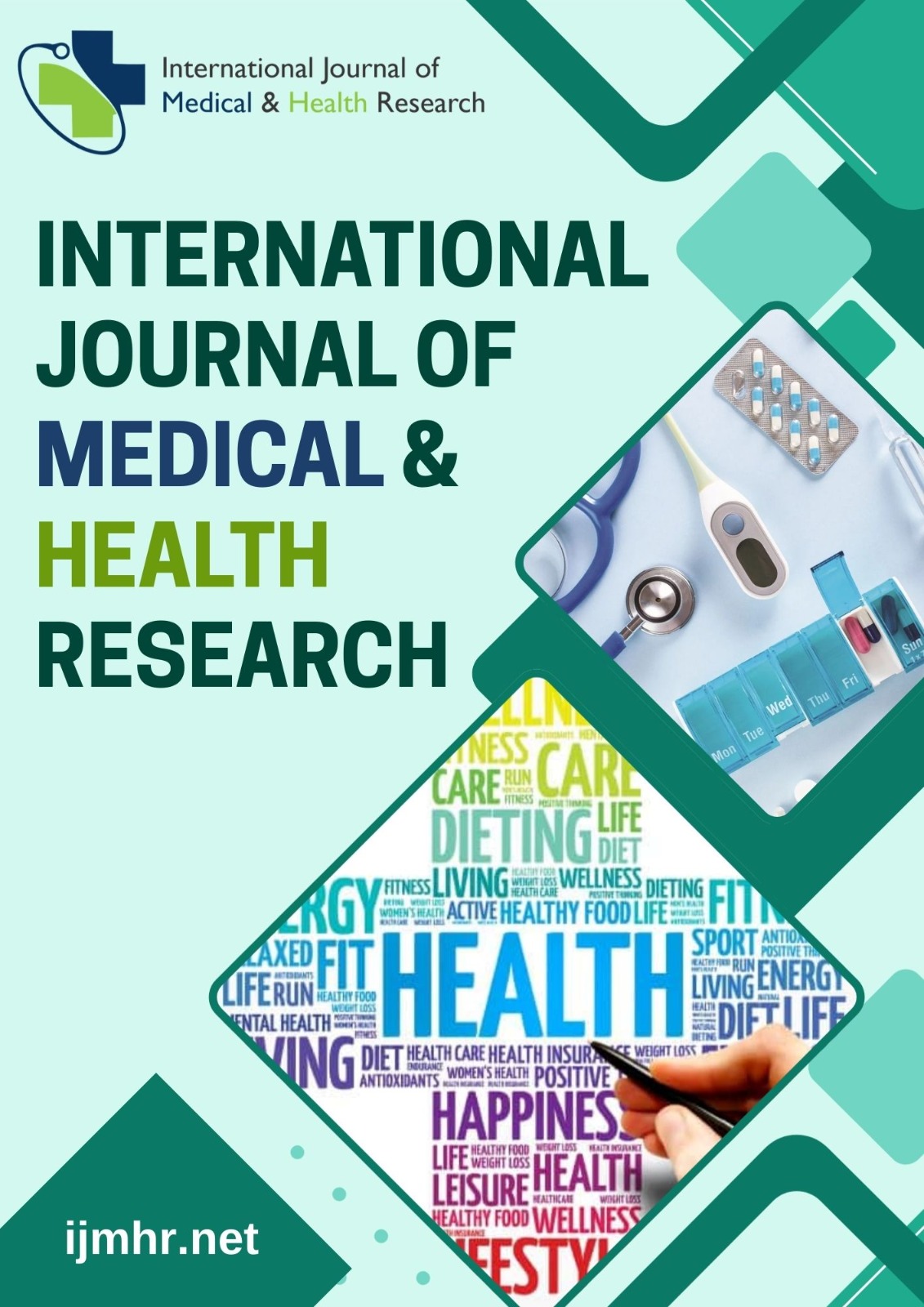EPIDEMIOLOGY AND CLINICAL IMPACT OF ANEMIA IN CHILDREN AGED 1–5 YEARS: INSIGHTS FROM A TERTIARY CARE HOSPITAL IN PAKISTAN
Keywords:
Anemia, Pediatric health, Early childhood, Hemoglobin, Prevalence, Nutritional deficiency, Developing countries, Pediatric outpatient, Childhood morbidity, Public healthAbstract
Background:
Anemia remains a significant pediatric health concern, particularly in developing countries, where nutritional deficiencies and limited healthcare access contribute substantially. In early childhood, anemia adversely impacts growth, immunity, and neurodevelopment.
Objective:
To assess the prevalence and severity of anemia among children aged 1–5 years attending the pediatric outpatient department of a tertiary care hospital in Lahore, Pakistan.
Methods:
A cross-sectional study was conducted from February to July 2024 at Punjab Rangers Hospital, Lahore. A total of 375 children aged 1–5 years were enrolled using consecutive non-probability sampling. Children with chronic illnesses, hematological disorders, or recent cytotoxic treatment were excluded. Hemoglobin levels were measured and classified according to WHO criteria as mild (10–11 g/dL), moderate (8–10 g/dL), or severe (<8 g/dL). Data were analyzed using SPSS v20, with p-values <0.05 considered statistically significant.
Results:
The mean age of participants was 3.06 ± 1.45 years, with an overall mean hemoglobin of 10.89 ± 1.97 g/dL. Anemia was identified in 208 children (55.5%). Among anemic cases, 71 (34.1%) had mild anemia, 106 (51.0%) moderate anemia, and 31 (14.9%) severe anemia. Females accounted for 56.3% of anemic children, but no significant differences were observed in anemia prevalence or severity by gender (p = 0.840) or age group (p = 0.649).
Conclusion:
Anemia affects over half of children aged 1–5 years in this cohort, with moderate anemia being the most common. These findings emphasize the substantial burden of pediatric anemia and underscore the need for routine screening, nutritional education, and targeted interventions to mitigate its impact on child health.




